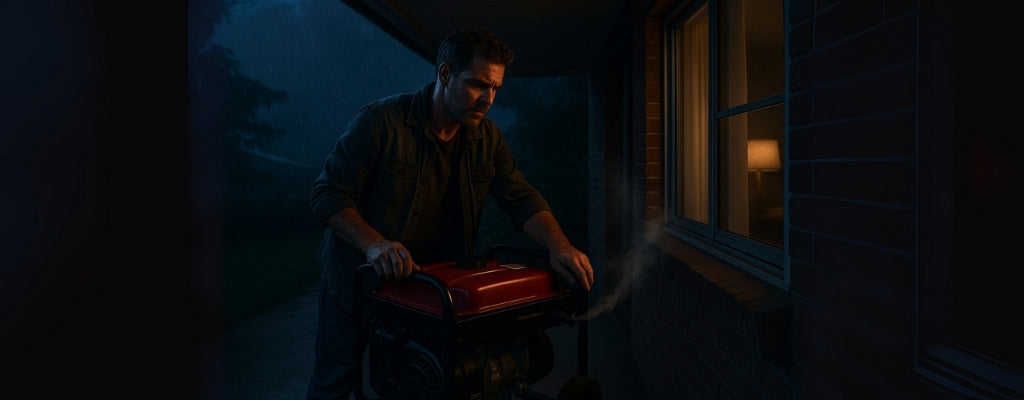
What Is the Australian Standard for Generators?
Ever plugged in a generator and crossed your fingers? Short answer: Australian Standard AS/NZS 3010 covers how generators should be safely installed and used. But there’s more to it—like noise limits, emissions, and compliance marks. Keep reading to stay safe, legal, and neighbour‑friendly.

Understanding Generators and Australian Regulations
Generators are a lifesaver when the power’s out or you’re working off-grid. But in Australia, firing one up isn’t as simple as fuelling it and flipping a switch. You’ve got to play by the rules—or risk fines, fires, or worse.
The AS/NZS framework is the go-to. It’s a set of standards that outlines how generators should be wired, installed, and used safely. These rules apply to everyone—from tradies and sparkies to homeowners with a backup unit in the shed.
Generator regulations and backfeeding generator to house
Backfeeding might seem like a handy shortcut—plugging a generator into a power point to light up the whole house. But don’t do it. It’s illegal, dangerous, and could send power back into the grid, putting lineworkers at serious risk.
Instead, use a proper transfer switch installed by a licensed electrician. It’s the only safe and legal way to connect your generator to your home.
Safety switch generator
A generator without safety protection is like a ute without brakes. You wouldn’t drive it, so don’t run your generator without safeguards either.
At a minimum, you need a Residual Current Device (RCD) or a transfer switch. These safety switches cut power if something goes wrong—like an earth fault or overload. It’s not just about ticking boxes—it’s about protecting people and property.

Generator dos and don’ts
Do:
-
Follow AS/NZS 3010 and 3000 standards
-
Get installations done by a qualified electrician
-
Use RCM-marked gear that meets Aussie safety codes
Don’t:
-
Run your generator indoors or in enclosed spaces
-
Ignore maintenance schedules
-
Overload circuits or ignore safety devices
Keep it simple, safe, and standard-compliant.

Powering Your Home with Generators
Before you start plugging in fridges, kettles, and lights, take a step back. Not all generators are created equal—and pushing one past its limits can be costly.
What can my generator run
This depends on your generator’s output and what you need to power. Want to run the fridge, a few lights, and charge your phone? You might get away with a smaller unit.
But chuck on a heater, microwave, or air con, and you’ll need something with serious grunt. Check the wattage labels on your appliances, and compare them to the generator’s continuous and peak ratings.
Refrigerator wattage for generator
Your average fridge runs at around 100–800 watts, but don’t forget the startup surge. When the compressor kicks in, power demand can spike up to 1200 watts or more.
Your generator needs to handle both the surge and the steady draw, or you’ll risk tripping breakers or damaging the unit.

Can a generator damage a refrigerator?
Absolutely—if it’s not up to the task. Fluctuating voltage or cheap, unregulated power can fry the electronics inside your fridge.
For peace of mind, use an inverter generator or one with automatic voltage regulation (AVR). They provide cleaner, more stable power that’s safe for sensitive gear.
Is it okay to run a generator overnight
Technically yes—but with plenty of precautions. Carbon monoxide is silent and deadly, so never run a generator indoors or near open windows.
Set it up outside, on level ground, well away from sleeping areas. Use a CO detector, keep it fuelled safely, and monitor it regularly. Better yet, run it in cycles—power up essentials, then give the unit a break.
That way, everyone sleeps a bit easier.
You might also like:
- Can I Leave Fuel in My Generator?
- Can You Have a Generator Outside?
- Can You Run a Generator on a Covered Patio?
- How Do Small Generators Work?
- Is It Better to Store a Generator Full or Empty?
- Should Generators Be Kept Outside?
- Should You Leave a Generator on All Night?


